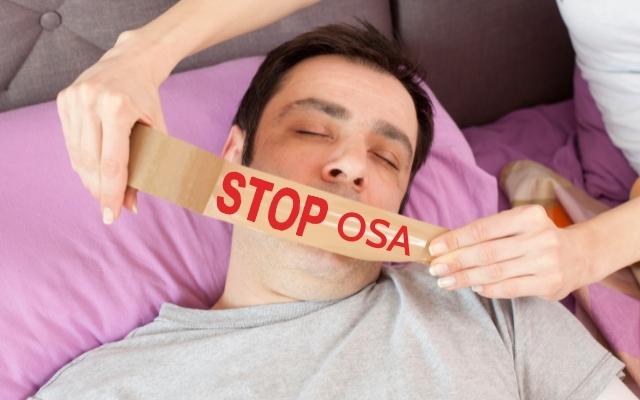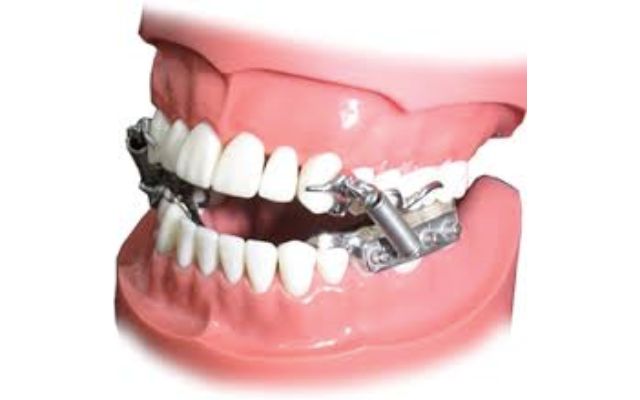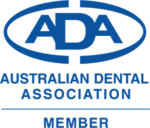Mandibular Repositioning Device
Did You Know That Mandibular Repositioning Device (MRD) Is Designed For Obstructive Sleep Apnoea (Osa) And Snoring?

What Is A Mandibular Repositioning Device (MRD)?
A mandibular repositioning device (MRD) is a dental appliance used to treat snoring and obstructive sleep apnea. Also known as a mandibular advancement device (MAD), an MRD works by moving the lower jaw forward, which widens the airway and improves airflow. This device is specifically designed for individuals with obstructive sleep apnea (OSA) and snoring, helping to keep their airways open during sleep. These devices are worn nightly to ensure uninterrupted breathing and reduce snoring. Dentists custom-make and fit MRDs to ensure a proper and comfortable fit for each individual.
Benefits Of Using Mandibular Repositioning Devices (MRD)
Snoring Reduction: MRDs are highly effective in reducing or eliminating snoring, providing a quieter and more peaceful sleep environment.
Improved Sleep Quality: MRDs help improve airflow and reduce obstructive sleep apnea (OSA) symptoms, resulting in better sleep quality and increased daytime alertness.
Non-Invasive Solution: Unlike surgical interventions or continuous positive airway pressure (CPAP) machines, MRDs offer a non-invasive treatment option for snoring and mild to moderate OSA.
Customizable and Comfortable: MRDs are custom-made to fit each individual’s mouth, ensuring a comfortable and secure fit for maximum effectiveness and patient comfort.
Portability: MRDs are compact and easy to carry, making them convenient for travel and maintaining sleep therapy routines on the go.

Types of MRD
There are several types of mandibular repositioning devices (MRDs) available for the treatment of snoring and obstructive sleep apnea. Here are some common types:
Adjustable MRDs: These devices allow for personalized adjustments to the jaw position. They typically feature adjustable mechanisms that allow you to advance or retract the lower jaw to find the most comfortable and effective position for optimal airflow.
Tongue-Retaining Devices (TRDs): TRDs are designed to hold the tongue in a forward position, helping to prevent it from blocking the airway during sleep. They are typically worn on the outside of the mouth and use suction or a similar mechanism to keep the tongue in place.
Boil-and-Bite MRDs: These devices are made of a thermoplastic material that softens when heated. The user can customize the fit by biting into the device while it is in a softened state. This allows for a more personalized and snug fit, improving comfort and effectiveness.
Custom-Made MRDs: Custom-made MRDs are created specifically for each individual through dental impressions. These devices are fabricated in a dental laboratory to ensure an accurate fit based on the individual’s mouth and jaw measurements. Custom-made MRDs offer optimal comfort and effectiveness.
Hybrid MRDs: Hybrid MRDs combine the features of different types of devices to provide a more tailored approach. These hybrids aim to address specific needs and provide enhanced treatment outcomes.
What Happens During MRD Therapy?
During MRD (Mandibular Repositioning Device) therapy, several steps are involved to ensure its effectiveness. Here’s what typically happens during the course of MRD therapy:
Step 1: Consultation and Evaluation
The process begins with a consultation with a dentist or sleep specialist. They will evaluate your symptoms, and medical history, and conduct a thorough examination of your oral health to determine if MRD therapy is suitable for you.
Step 2: Dental Impressions
If MRD therapy is recommended, the next step involves taking dental impressions of your teeth and jaws. These impressions serve as the basis for creating a custom-made MRD that fits your mouth precisely.
Step 3: Custom Device Fabrication
Using the dental impressions, a dental laboratory will fabricate a customized MRD. Skilled technicians will create the device according to your unique specifications, ensuring a proper fit and optimal effectiveness.
Step 4: Fitting and Adjustment
Once the MRD is ready, you will return to the dentist or sleep specialist for a fitting appointment. They will ensure that the device fits comfortably and provide instructions on how to wear and adjust it. This may involve small modifications or fine-tuning to achieve the optimal position for your jaw.
Step 5: Follow-Up Visits
Regular follow-up visits will be scheduled to monitor your progress and make any necessary adjustments to the MRD. These visits allow the dentist or sleep specialist to assess the effectiveness of the device, address any concerns or issues, and ensure that the therapy is providing the desired outcomes.
Step 6: Compliance and Maintenance
It is crucial to follow the prescribed wear schedule and maintenance instructions provided by your healthcare professional. Compliance with wearing the MRD as recommended and properly caring for it will contribute to the overall success of the therapy.
Step 7: Ongoing Monitoring
Throughout the course of MRD therapy, your dentist or sleep specialist will continue to monitor your progress and evaluate the effectiveness of the device. They may conduct sleep studies or other assessments to ensure that the therapy is effectively managing your snoring or sleep apnea.
MRDs At Spring Orchid Dental
Are you tired of restless nights and disruptive snoring? Look no further than MRD at Spring Orchid Dental in Bassendean, Perth for effective relief from snoring and sleep apnea. Our dedicated team of dental professionals is committed to providing you with a personalized and comfortable solution to help you achieve better sleep and improved quality of life.
Get In Touch
Visit MRD at Spring Orchid Dental and experience the transformational power of a good night’s sleep!
Why Should You Choose Us?
Spring Orchid Dental is delighted to provide you with the best service possible. If you’ve decided to use our MRD to stop snoring and lessen the frequency of the apnoeas that cause you to feel sleepy and lethargic.

Here is the progress:
- Check to see if you’ve been tested for sleep apnea and AHI. Obtaining the best solution is dependent on having the correct diagnosis. Furthermore, it is the only way to track progress.
- Make an appointment with us. Your dentist will need to examine your mouth and take impressions of your teeth before fitting and adjusting the prosthesis.
- If you want the best results, wear your custom-made mandibular repositioning as frequently as you can once you have one.
- After three to six months, schedule a checkup with our dentist to make sure your oral appliance therapy is still providing the best combination of comfort and treatment effectiveness. Following that, schedule yearly check-ups, just as you would with any other healthcare provider.
Monday - Saturday: 9 AM – 5 PM
6/85 Walter Rd E Bassendean WA 6054
FAQs
Does Dental Insurance Cover Sleep Apnea?
Typically dental insurance companies do not cover mouth appliances used to treat sleep apnea, and only medical insurance providers do.
Are Mandibular Advancement Devices effective?
According to a survey conducted by the National Library of Medicine, 65.5% of those who had MRD therapy were successful. There was a considerable reduction in AHI (apnea-hypopnea index) as well as OSA-related symptoms.
Who Can Make Mandibular Advancement Devices?
Custom MRD can be made by dentists. It’s not that challenging dentistry. However, not every dentist is capable of producing a satisfactory result. So, make sure to inquire about your dentist’s experience with sleep-related breathing disorders.
What Are Other Options for Snoring and Sleep Apnea Relief?
In addition to mandibular repositioning devices (MADs), there are several other alternatives available for individuals seeking relief from snoring and sleep apnea. It is important to consult with your doctor to explore the best options for your specific situation. Here are some alternative treatments for snoring:
Tongue-Retaining Devices
CPAP, BiPAP, or APAP Therapy
Changing Sleep Position
Smoking Cessation
Avoiding Alcohol Before Bed
Weight Loss
Disclaimer: Spring Orchid Dental provides MRD therapy for snoring and mild to moderate obstructive sleep apnea. It is important to consult direct your case with a qualified healthcare professional, such as our dentist, for proper diagnosis and treatment recommendations.




